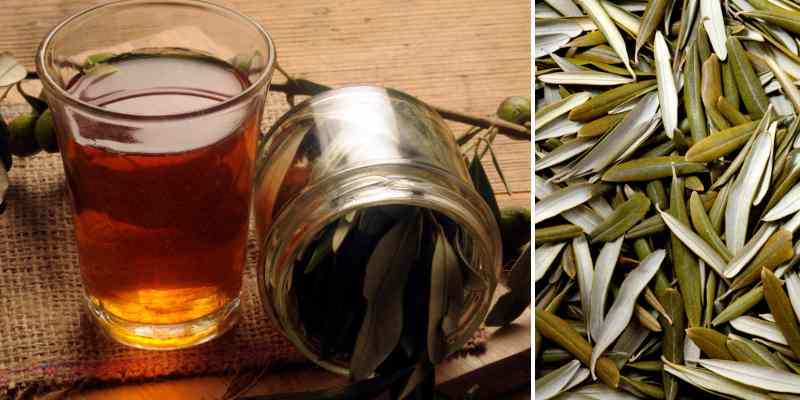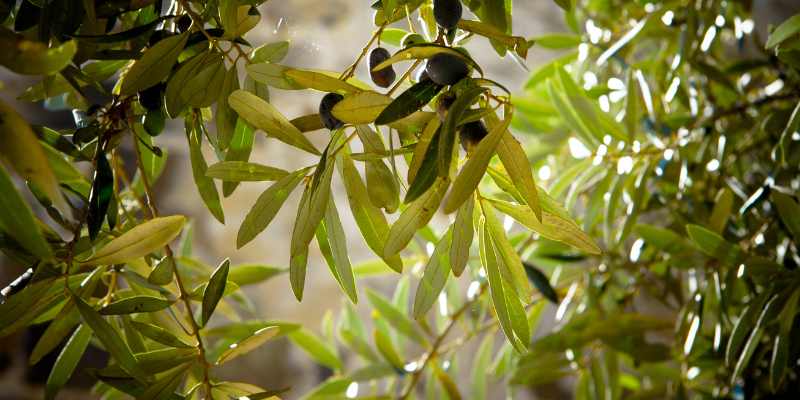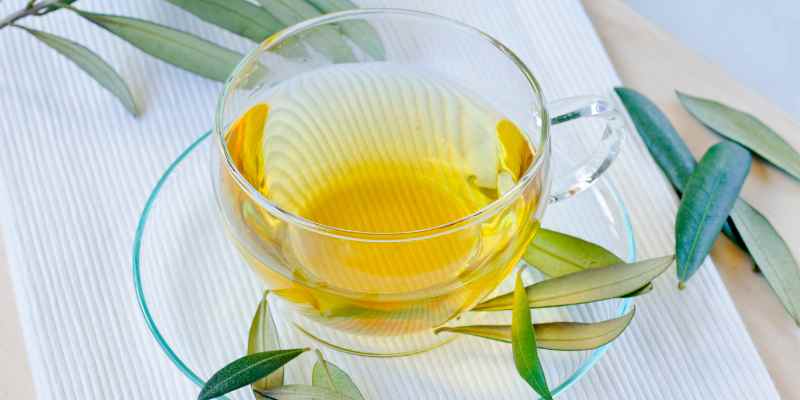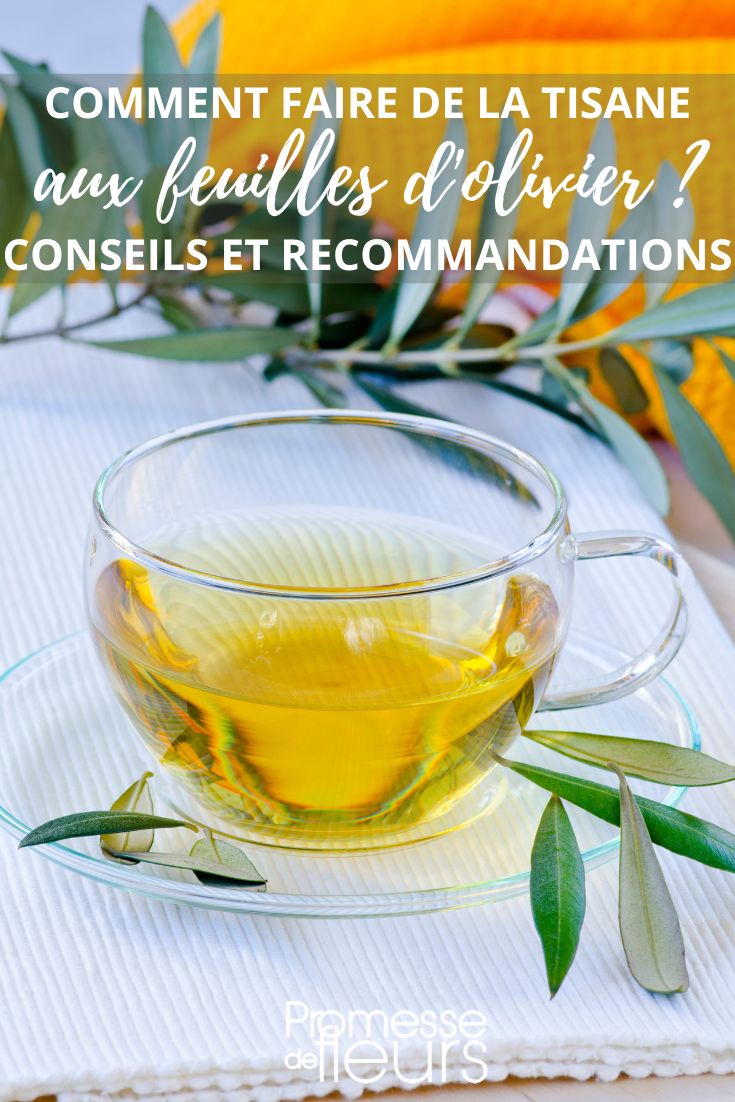Olive tree, emblematic of Provence, is used in many cosmetic treatments for hydrating properties extracted from its oil. Phytotherapy also praises it for medicinal virtues derived from its leaves. Olive leaves are generally used as a herbal tea for their antihypertensive properties.
If, among herbal teas, olive leaf tea is not the best known, that is because it is reserved for a few very specific indications and should always be discussed with a doctor. We explain a little more about this specific medicinal infusion.

Why use olive leaves for an infusion?
Olive leaves contain many natural active principles. They mainly contain a heteroside also called a bitter glycoside (oleuropein) which would have a hypoglycaemic action, interesting for people with diabetes (it is recommended for mild diabetes), but they also contain glycolic acid, which acts as an antihypertensive: it would reduce blood pressure and is for this reason recommended for people with hypertension, reducing associated side effects (tinnitus, dizziness, etc.).
Olive leaves are reputed to be rich in flavonoids and would have diuretic properties. Olive leaves would also have some virtues for eliminating toxins.

When to harvest olive leaves to make an infusion?
It is the dried leaves that are used for olive leaf infusion. The best time to harvest them is early summer. Harvest them ideally early in the morning.
Cut whole stems to make a sort of bouquet that you will hang in a dark room, at room temperature. Let them dry for about two weeks.
Important: precautions for use!
Never prepare this type of infusion without advice from a healthcare professional. Regular consumption or a course of olive leaf infusion should not be taken lightly: it is completely contraindicated if you suffer from heart problems or severe kidney conditions. It can increase effects of an existing medication (antihypertensive and hypoglycaemic).
Its use is not recommended for people under 18 or for pregnant or breastfeeding women. Refer to advice from your GP or a pharmacist specialised in phytotherapy, because olive leaves also contain triterpenes, verbascosides and rutosides.
Recipe for olive leaf infusion
It is more accurate to speak of a decoction of olive leaves, the dried leaves being hard and requiring a long infusion time.
- In a saucepan, pour 150 ml of water and add 5 g of olive leaves, cut into small pieces, then bring to a gentle boil to reduce the liquid to 100 ml (for 1 to 2 minutes).
- Leave to infuse for 10 minutes, covering the saucepan (with a small plate or lid).
- Strain, pour into a cup and consume the infusion hot.
This infusion has a bitter flavour; you can add a little honey to taste. Taken on an empty stomach, it is most often recommended as a three-week course, but always follow dosages and duration prescribed by your doctor or phytotherapist, as indicated earlier in this article.

Learn more
Discover other unusual homemade infusions or teas : witch hazel tea, cranberry wellness tea, hawthorn tea, aronia berry tea, how to make jasmine tea?
































Feedbacks